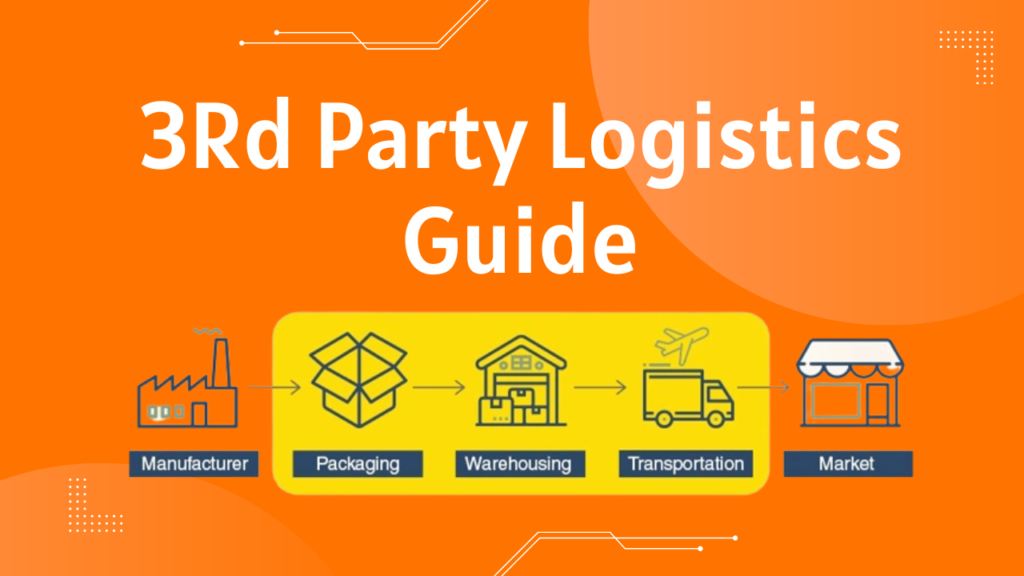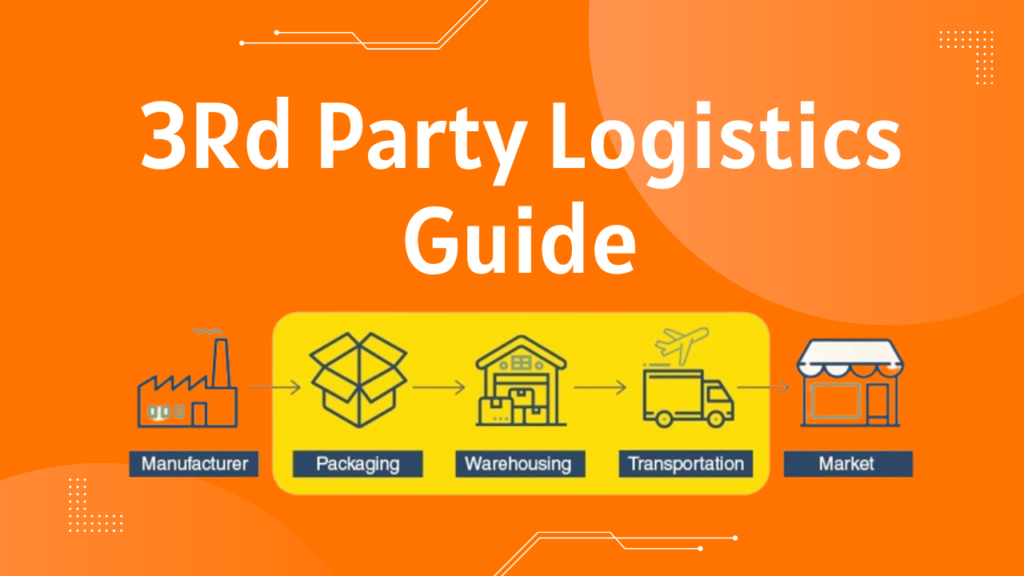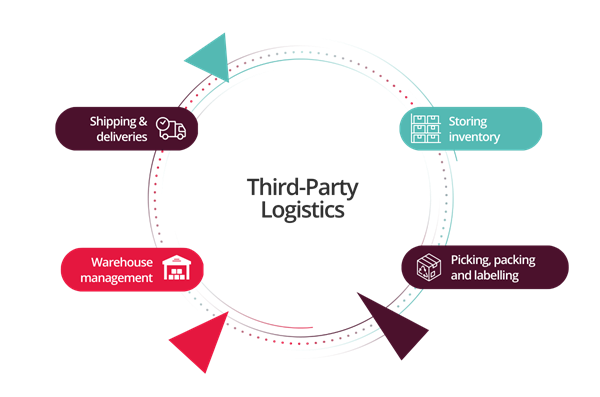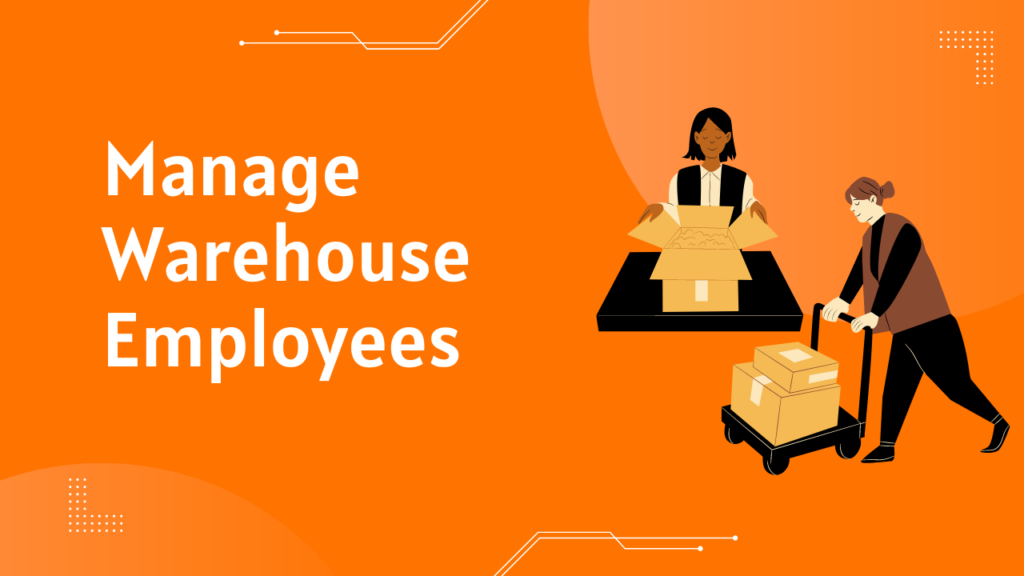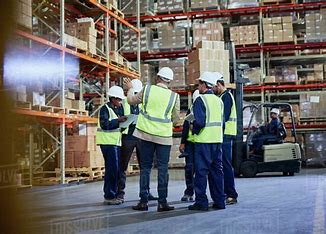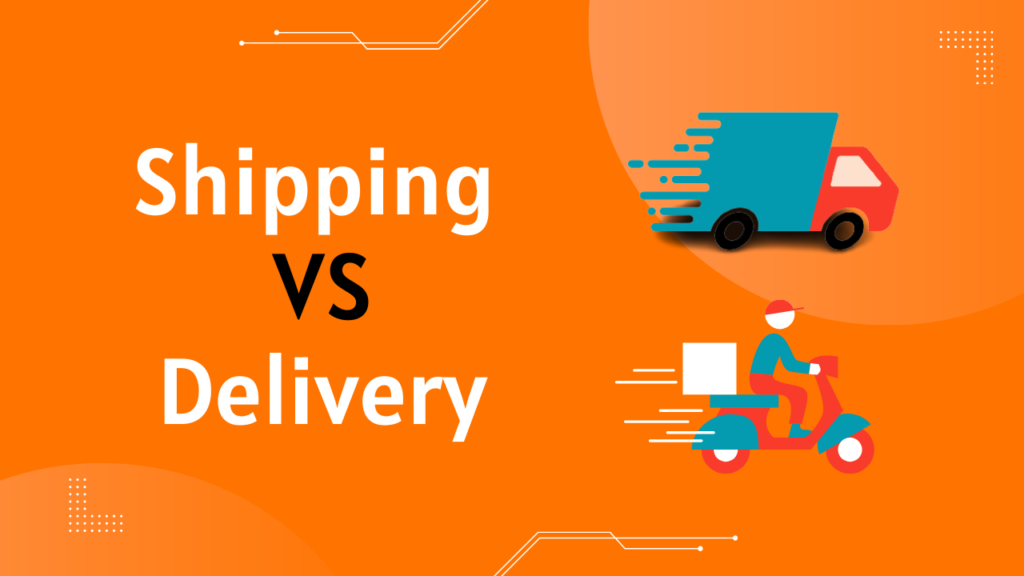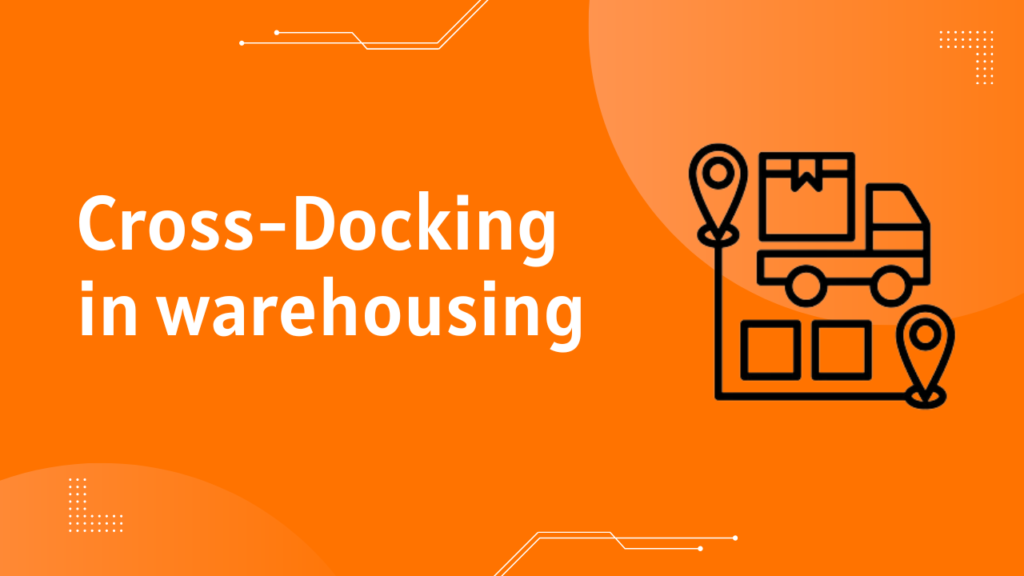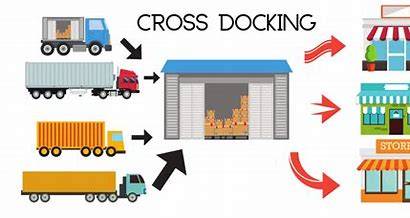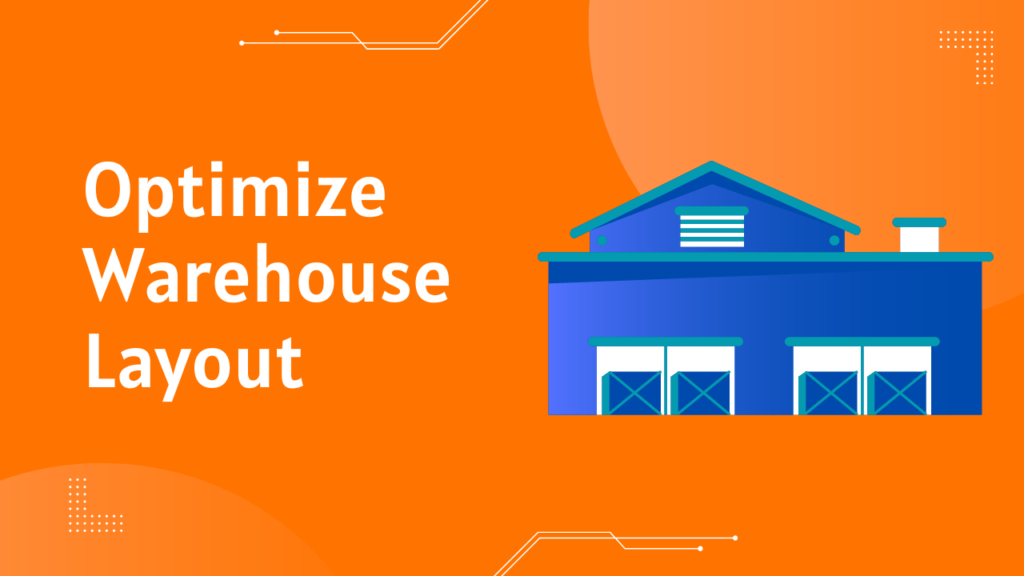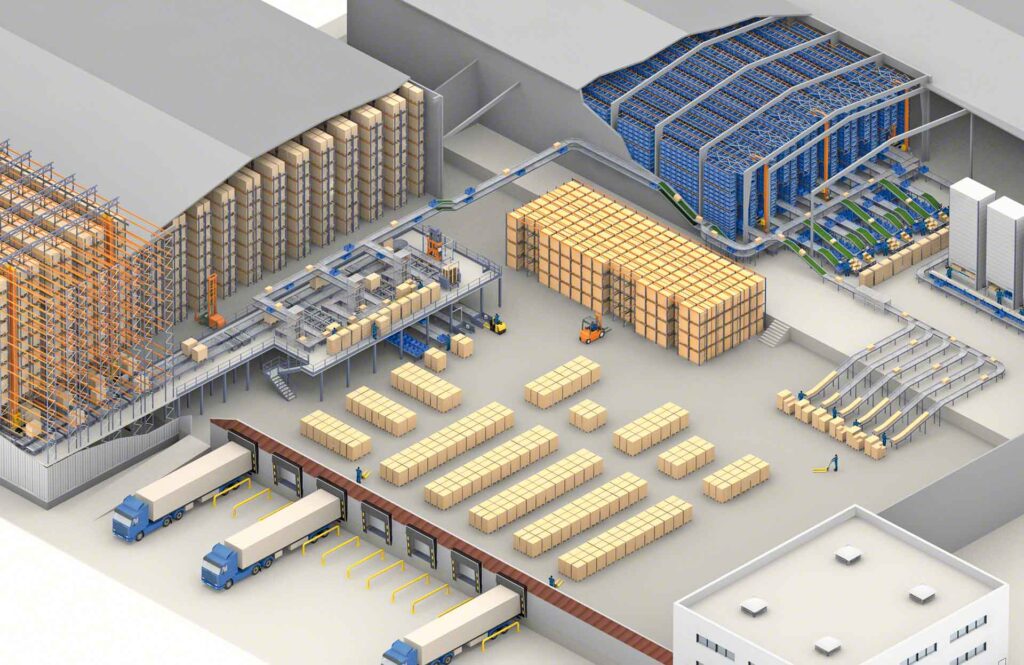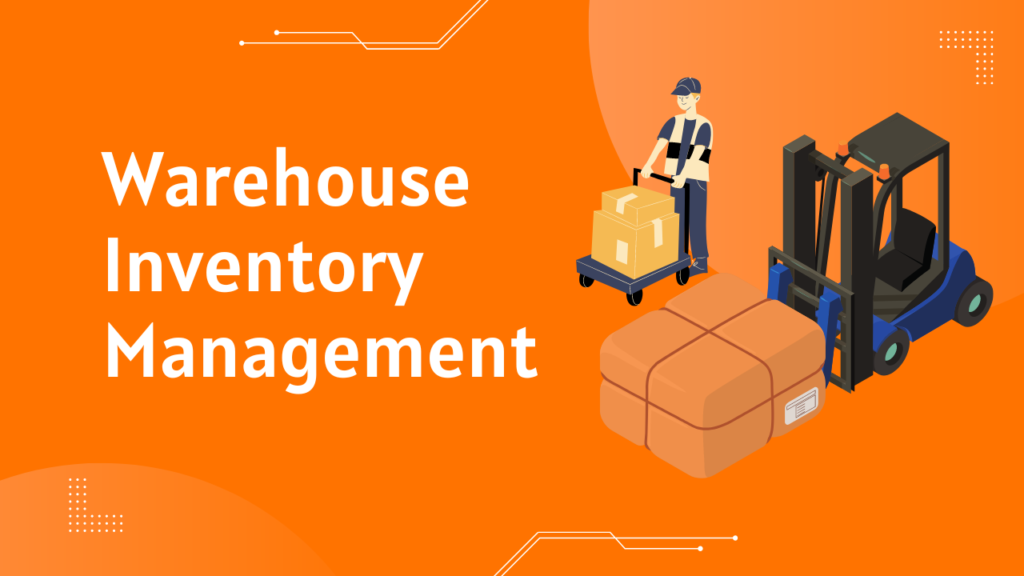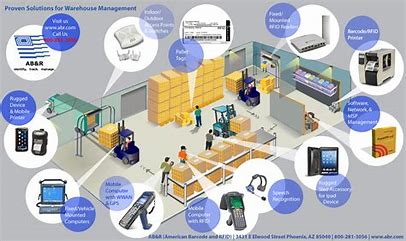Pallet Storage Pricing: What You Need to Know
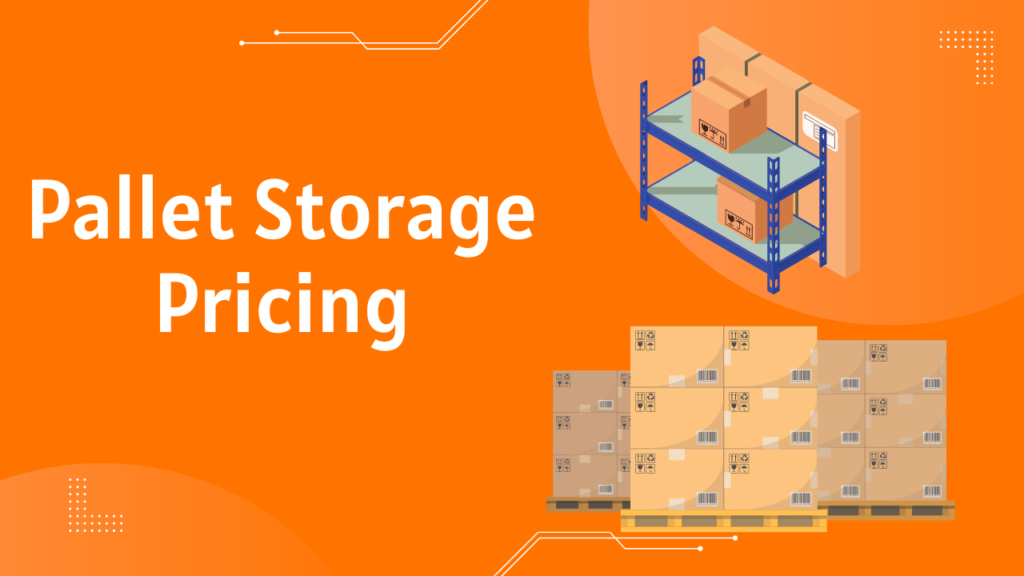
If you’re running a business that deals with physical goods, chances are you’ve heard of pallet storage. Pallet storage involves storing goods on pallets, which can be easily moved using forklifts or pallet jacks.
However, when it comes to pricing for pallet storage, things can get a bit confusing. With so many different factors at play, it can be challenging to determine what you should be paying for pallet storage and how to compare prices between different providers.
In this article, we’ll break down everything you need to know about pallet storage pricing, including the factors that can affect pricing, the different pricing models used by providers, and how to ensure you’re getting a fair price for your storage needs.
So, whether you’re new to pallet storage or are looking to optimize your current storage arrangements, read on to learn more.
Pallet Storage Pricing And Warehouse Storage Explained
Pallet storage rates are based on 1000mm x 1200mm x 1000mm high Pallets
Please note this is for informative purposes only.
1 – 300 Pallets
Price: £2.00
£2.00 per pallet per week + vat
300 – 1000 Pallets
Price: £1.50
£1.50 per pallet per week + vat
1000+ Pallets
Price: £1.20
£1.20 per pallet per week + vat
Archive Box Storage Price: £0.20 £0.20 per Box per week + vat
Pallet Movement £ 3.00 to load into store £3.00 to access/remove
Archive Box Movement £1.00 to load into store £1.00 to access/remove
If you are consistently paying external pallet storage rates or the number of pallets that are being stored, you may be surprised how much an investment in dynamic pallet racking could pay you dividends. Our pallet shuttle systems create an effective and time-saving storage solution.
Cubic Footage Storage and Bin Storage Pricing
Warehouses may also charge for storage by cubic footage, which is a pricing methodology based on the total amount of space used by stored products. This method is often used in conjunction with pallets, cartons or bins, allowing for the automation of storage space calculations.
By entering the dimensions of each product into a warehouse management system, the system can use a simple algorithm to calculate the total cubic footage of all stored items.
This method is advantageous as it does not overcharge for unused or “dead space” and allows for efficient use of available storage capacity. It also enables accurate inventory management and can be a cost-effective solution for businesses with fluctuating inventory levels.
While cubic footage storage pricing can be an efficient and cost-effective method for warehouses, it requires constant updates of accurate SKU dimensions in the warehouse management system, leading to higher associated costs for receiving products into inventory. This pricing method is more commonly used by fulfillment companies as it allows for the automation of storage space calculations. Typically, cubic footage storage fees range from $.45 to $.55 per cubic foot per month.
Another common alternative to pallet storage pricing is pricing per bin, which is often used in conjunction with cubic footage pricing. Bins are small storage spaces that are commonly used for “pickable” items, allowing warehouse workers to easily pick from smaller bins instead of going to multiple pallet positions scattered throughout the warehouse to fulfill orders. The typical pricing for bin storage ranges from $3 to $6 per bin per month.
How term of aggrement effect
The duration of a warehouse storage agreement plays a crucial role in determining pricing and options. Short-term and temporary storage agreements (less than a year) often come with higher rates, while longer-term agreements can be negotiated for more competitive rates. The rising popularity of e-commerce has made warehouse storage space limited, leading to warehousing companies prioritizing fulfillment and shipping services.
Short term
For short-term projects lasting only a few days or weeks, finding a storage solution can be challenging as warehouses don’t have the time or resources for small projects. For projects lasting a few months to a year, the number of pallets being stored is crucial in determining the availability of options.
Long term
Long-term storage agreements (a year or more) with a minimum of 30-50 pallets per month can lead to more options and aggressive rates. However, it can be challenging to find options for long-term storage of less than 20 pallets per month. FBA prep and labeling services can increase the range of available options.
Pallet In/Pallet Out Warehousing Rates and Considerations
When it comes to shipping and handling, pricing for fulfillment services can be complex, especially for businesses with sophisticated B2B or B2C shipping needs, including returns handling and processing.
However, many businesses only require simple pallet storage services, where pallets are brought in and out as needed. This type of warehousing service is commonly referred to as “pallet in/pallet out” and is provided by warehouse storage companies.
In addition to monthly pallet storage fees, businesses will also incur fees for each pallet that is brought in or shipped out of the warehouse. These fees are usually the same for both pallet-in and pallet-out transactions.
Businesses often struggle to estimate the number of pallet spaces needed and the associated storage fees. This is particularly true when a company is moving to a new 3PL fulfillment warehouse or is unsure of how many pallets they currently occupy.
One way to estimate the pallet spaces needed in a warehouse is to calculate the number of cartons that can fit on a standard 40x40x48-inch pallet space. To simplify this process, a pallet space estimator tool can be used.
Also checkout which software you should select with the help of 3PL Guide
What Are The Average Costs Of Pallet Storage In A Warehouse?
The cost of pallet storage in a warehouse can vary based on several factors such as the location, the size and type of warehouse, and the services provided. The price of pallet storage is usually calculated on a per-pallet, per-week basis. The cost of pallet storage can range from a few cents to a few dollars per week per pallet, depending on these factors.
Location
One of the primary factors that affect pallet storage costs is the location of the warehouse. Warehouses located in urban areas or areas with high real estate costs may charge more for pallet storage than those in rural areas. Additionally, warehouses located near transportation hubs such as ports or airports may charge higher fees.
Size and Type
The size and type of warehouse can also affect the cost of pallet storage. Larger warehouses with higher ceilings can accommodate more pallets, which may result in lower storage costs per pallet. Similarly, a warehouse with a climate-controlled environment or specialized storage options such as hazardous materials storage may come with higher storage costs.
uniqueness
The specific services provided by the warehouse can also impact the cost of pallet storage. Some warehouses offer additional services such as inventory management, order fulfillment, and transportation services. These value-added services can increase the overall cost of pallet storage, but they may provide cost savings or efficiencies for businesses that require them.
Overall, it’s important for businesses to consider their specific needs and budget when comparing pallet storage costs between different warehouses. It’s also essential to factor in additional costs such as pallet movement fees or access fees. By doing so, businesses can find a pallet storage solution that meets their needs at a fair price.
How Warehouse Storage Services Impact Pricing
Budgeting for warehouse storage can be a challenge for companies seeking the right place to store their stock or products. With various price ranges and offerings, it can be confusing to understand what is necessary.
One thing to consider is the difference between storage warehousing companies and commercial warehouse storage businesses. Each type of storage varies in price and what can be stored, including dry or climate-controlled warehouses at different distances.
This article will discuss the difference in pricing and services for various warehouse storage types, from product to overflow storage, and why businesses should rent a warehouse instead of using personal storage.
Storage and Warehouse Differences
The primary focus of storage companies is to store personal belongings like furniture, making them a good choice for families or individuals who are moving or lack adequate storage space. However, when it comes to businesses and companies, commercial warehouses are the go-to option. These warehouses, also known as pallet storage warehouses or warehousing storage facilities, are specifically designed to store a large volume of products in an easily accessible manner.
Unlike storage units intended for personal use, commercial warehouses can accommodate pallets, crates, and gaylords of the same or different products. They are ideal for companies that require extra storage for shipping or overflow purposes.
Warehousing Storage for Products
When it comes to warehousing storage, the primary use is for product storage. Businesses typically utilize commercial warehousing storage to hold products, whether they ship from the warehouse or use it as a backup of raw materials to be sent back to their manufacturing facility. There are several types of warehousing pricing methodologies that vary based on the way the product is stored:
- Pallet storage: the most extensive and expensive option, ideal for holding several boxes of products efficiently. Typical pallets are 4-6 feet tall and between 4-5 feet long and wide.
- Cubic footage storage: ideal for those who rent by cubic foot, as businesses can stack boxes or packages on shelves instead of keeping items together on a pallet. Cubic footage includes shelves if needed.
- Square footage storage: similar to cubic footage, businesses receive the complete square footage of a warehouse and pay by the square foot if they rent half of the warehouse instead of by the cubic foot. This option is ideal for larger and bulkier products or equipment that needs to be stacked on the floor rather than in pallet racking.
- Bin storage: most warehouses have bins of varying sizes, which can be rented for companies that need to store small loose items or small amounts of items. Bin storage is a smaller version of pallet storage, with the bins set in place and filled with the customer’s items, making it easier to pick when pulling orders.
There is generally no minimum for bin or pallet storage, but it’s almost impossible to rent only one or two cubic square feet. Instead, companies that rent in the area rent larger areas and load and unload the goods themselves. Those without storage containers may use a warehouse’s bins or pallets.
How much does warehouse charge for pallet storage?
Typically, public warehousing companies charge around $15-20 per pallet per month, $.55 per cubic foot per month, $3.20 per bin per month, or $1.15 per square foot per month for storage services.
How often is pallet storage charged?
Pallet storage is usually charged on a monthly basis by 3PL warehouses.
What are the average pallet dimensions in a warehouse?
The average dimensions of a single pallet in a warehouse are 40×48 inches by 4-6 feet in height.
How are pallets stored in a warehouse?
Pallets are usually stored in pallet racking or stacked on the floor if space allows.
What is the cost of pallet in/pallet out services in warehouses?
Warehouses typically charge from $4-8 per pallet in and $4-8 per pallet out for receiving inbound and preparing outbound pallets.
Do warehouses offer discounts for pallet storage?
Some warehousing companies offer discounts ranging from 2-12% on pallet storage of greater than 100 pallets.
Is free storage common, and if so, for how long?
Free storage is not common in the third party warehousing industry. However, in some cases with significant pallet volumes or existing relationships, 3PLs may offer a few days of free storage.

